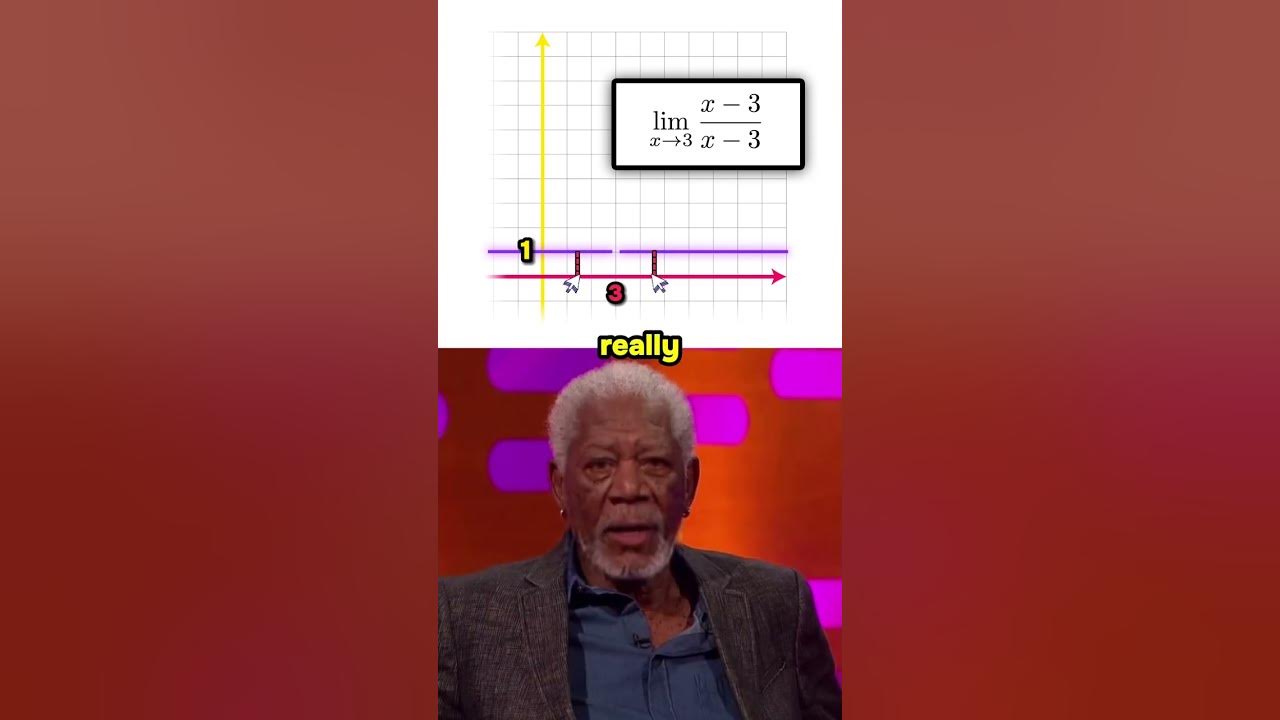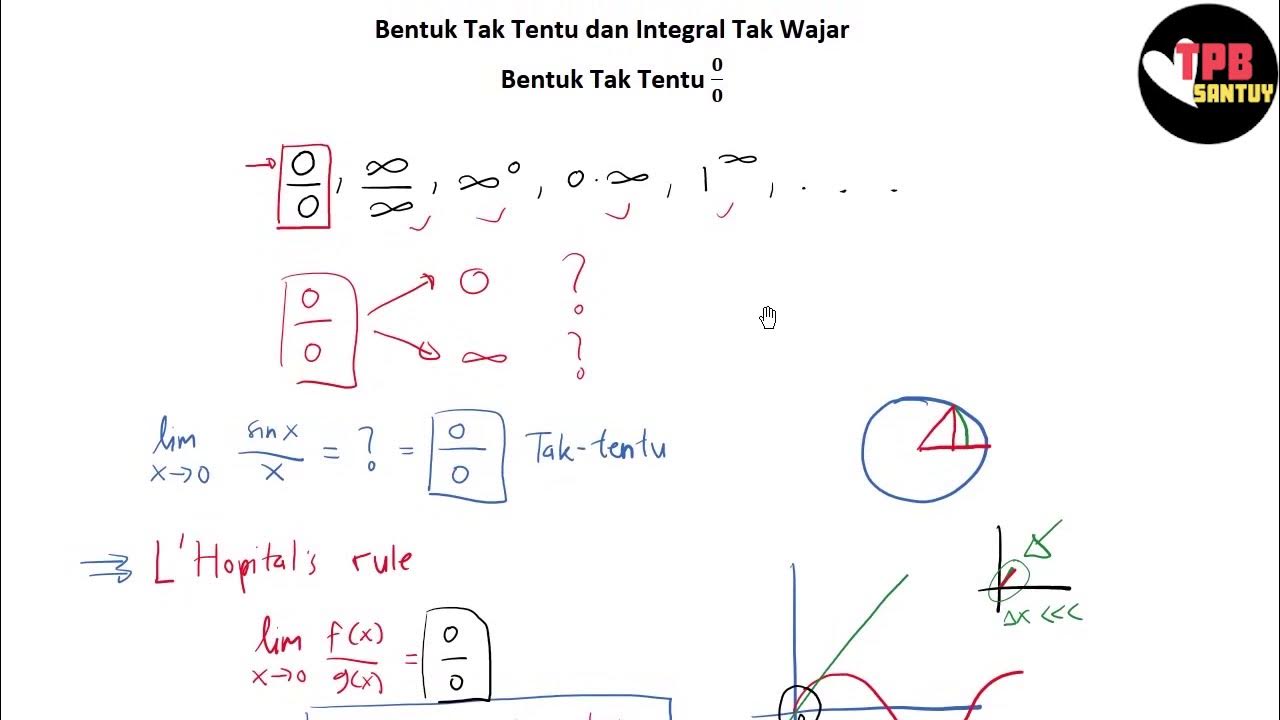Microeconomics Practice Problem - Taxes and Elasticity
Summary
TLDRIn this engaging discussion on a $0.50 gasoline tax aimed at reducing air pollution, the speaker analyzes its impact on consumers and producers through supply and demand diagrams. Whether the tax is imposed on producers or consumers, the market outcome remains the same. The elasticity of demand plays a crucial role; with elastic demand, consumption decreases significantly, while inelastic demand results in a smaller reduction. Ultimately, both consumers and producers experience negative effects, as consumers face higher prices and reduced benefits, and producers sell less at lower prices, highlighting the broader implications for the oil industry.
Takeaways
- 😀 Congress and the president have imposed a 50 cent tax on each gallon of gasoline to reduce air pollution.
- 🛠️ The tax can be imposed on either producers or consumers, but the economic outcome remains the same due to price adjustments.
- 📊 A supply and demand diagram is essential for illustrating the effects of the tax on market equilibrium.
- ⚖️ The consumer's price must equal the producer's price plus the tax, creating a price wedge in the market.
- 📈 When demand for gasoline is elastic, a tax is more effective in reducing consumption than when demand is inelastic.
- 🔄 Inelastic demand results in consumers bearing most of the tax burden, leading to minimal changes in consumption.
- 🔍 The diagram comparison shows greater reductions in quantity consumed when demand is elastic.
- 📉 Consumers are negatively impacted by the tax as they pay higher prices and consume less gasoline.
- 📉 Producers are also hurt by the tax due to lower sales volumes and reduced prices received.
- 🏭 Workers in the oil industry are adversely affected, as their employers face decreased profitability and production.
Q & A
What is the primary goal of the $0.50 gasoline tax imposed by the U.S. government?
-The primary goal of the $0.50 gasoline tax is to reduce air pollution by decreasing gasoline consumption.
Who can the gasoline tax be imposed on, and does it affect market outcomes?
-The gasoline tax can be imposed on either producers or consumers. Regardless of who pays the tax, the market outcomes remain the same due to the tax creating a price wedge.
What does the price wedge refer to in the context of this tax?
-The price wedge refers to the difference between the price consumers pay (including tax) and the price producers receive (after tax), which equals the amount of the tax.
How does the elasticity of demand impact the effectiveness of the tax?
-When demand is more elastic, consumers are more sensitive to price changes, leading to a larger reduction in gasoline consumption when the tax is imposed. Conversely, inelastic demand results in a smaller decrease in quantity consumed.
What are the characteristics of elastic and inelastic demand curves?
-Elastic demand curves are flatter, indicating a significant change in quantity demanded with small price changes. Inelastic demand curves are steeper, showing that quantity demanded changes little even with larger price increases.
What happens to consumer behavior when a gasoline tax is imposed?
-Consumers end up paying a higher price for gasoline and buy less of it, which ultimately makes them worse off.
How does the gasoline tax affect producers?
-Producers face lower sales volumes and receive a lower price for the gasoline they sell, making them worse off as well.
What can be concluded about the effects of the tax on workers in the oil industry?
-Workers in the oil industry are negatively impacted by the tax since reduced sales and profits for producers can lead to lower employment and wages.
How is consumer surplus affected by the gasoline tax?
-Though not explicitly discussed, the increase in price and decrease in quantity purchased suggest a reduction in consumer surplus, making consumers worse off.
What is the significance of understanding consumer and producer surplus in the context of taxation?
-Understanding consumer and producer surplus helps to analyze the overall welfare impact of a tax, indicating who benefits and who is harmed economically.
Outlines

This section is available to paid users only. Please upgrade to access this part.
Upgrade NowMindmap

This section is available to paid users only. Please upgrade to access this part.
Upgrade NowKeywords

This section is available to paid users only. Please upgrade to access this part.
Upgrade NowHighlights

This section is available to paid users only. Please upgrade to access this part.
Upgrade NowTranscripts

This section is available to paid users only. Please upgrade to access this part.
Upgrade NowBrowse More Related Video

Problems with Zero - Numberphile

INDONESIA DỪNG BƯỚC, ĐỘI TUYỂN VIỆT NAM HỌC ĐƯỢC GÌ ĐỂ CHUẨN BỊ TÁI ĐẤU THẦY TRÒ HLV SHIN TAE YONG?

MoistCr1TiKaL Situation is Crazy

How to Grow an Instagram Account in 2026

Edging in Math - Morgan Freeman and Jake Paul explain taking Limits

‘Worst Pitch We Have EVER Played On’ | SE DONS vs KUMAZI |

Bentuk 0/0 | Bentuk Tak Tentu dan Integral Tak Wajar (Part 1) | Kalkulus
5.0 / 5 (0 votes)